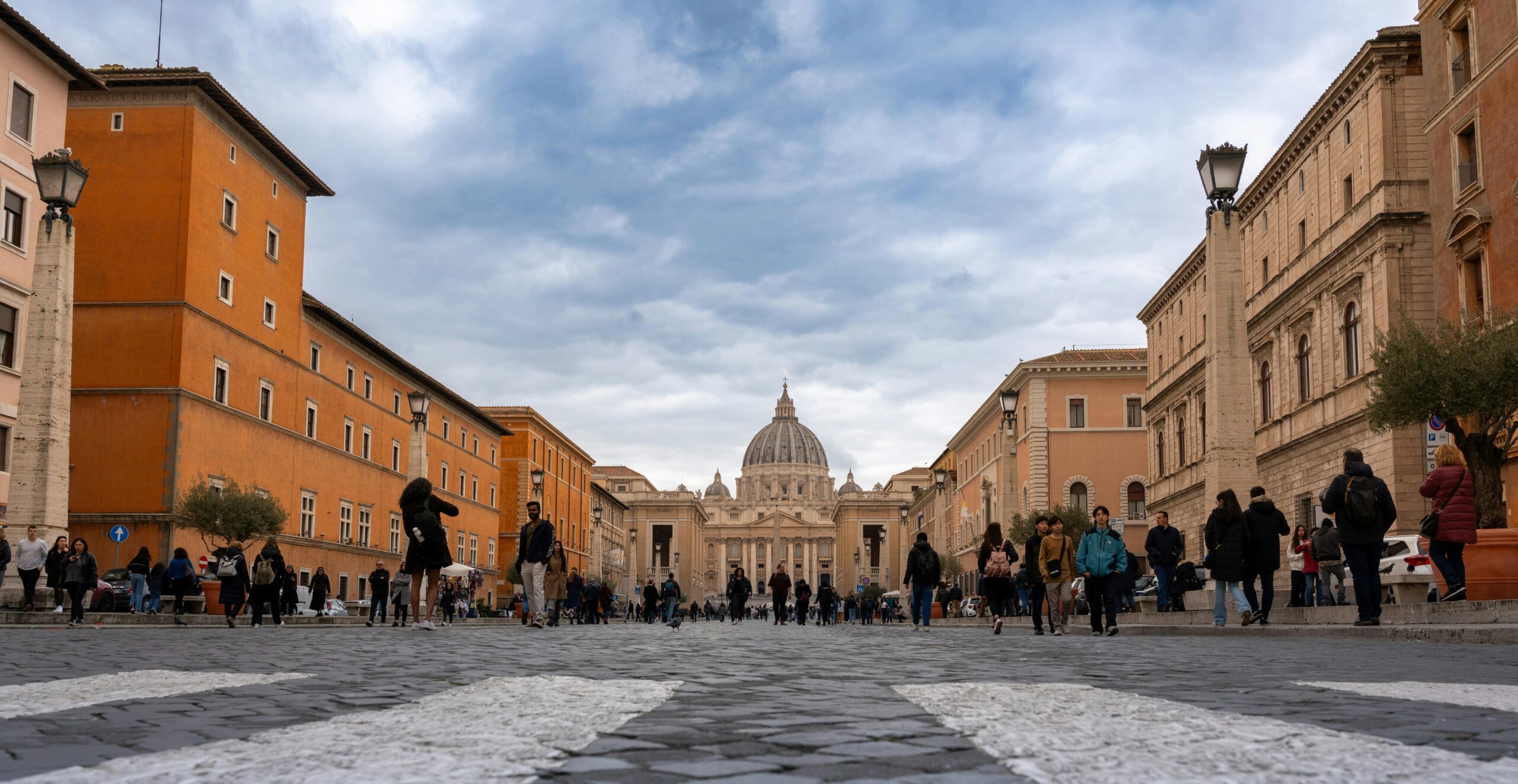Introduction
A pilgrimage is far more than ordinary travel—it is a journey infused with meaning, faith, and personal growth. Unlike regular tourism, which often focuses on leisure and entertainment, pilgrimage is deeply connected to spirituality, devotion, and cultural exploration. Throughout human history, countless civilizations have practiced pilgrimage as a way to connect with the divine, honor traditions, and seek enlightenment. Today, it continues to be an important part of our global culture, blending ancient traditions with modern motivations.
This article explores the meaning, history, benefits, and modern relevance of pilgrimage, shedding light on why millions still embark on such sacred journeys every year.
What is Pilgrimage?
The word “pilgrimage” comes from the Latin “peregrinus,” meaning “traveler” or “foreigner.” At its core, a pilgrimage is not just about reaching a physical destination—it is about the process, the challenges, and the transformations along the way. It is an act of faith, devotion, spiritual journey, and discovery.
Pilgrimages can take many forms:
- A journey to a religious site, such as Mecca, Varanasi, or Santiago de Compostela.
- A cultural exploration, retracing the footsteps of ancestors.
- A spiritual retreat, walking through nature with mindfulness and reflection.
This universal practice transcends borders, religions, and eras, reminding us that humans have always been seekers—longing for connection, healing, and purpose.
Historical Roots of Pilgrimage
From the dawn of civilization, pilgrimage has been a cornerstone of religious and cultural life. Ancient societies believed that sacred sites carried divine power and cultural travel offered healing, forgiveness, or enlightenment to those who visited.
Some of the most famous historical pilgrimages include
- Mecca (Saudi Arabia): Every year, millions of Muslims perform Hajj, one of the five pillars of Islam, symbolizing unity and devotion to Allah.
- Camino de Santiago (Spain): A Christian pilgrimage dating back to the Middle Ages, where travelers walk hundreds of miles to the shrine of Saint James.
- Varanasi (India): Known as the spiritual heart of Hinduism, where pilgrims seek liberation and purification by bathing in the Ganges River.
- Lourdes (France): A Catholic pilgrimage site believed to bring miraculous healing through its sacred waters.
- Shikoku Pilgrimage (Japan): A Buddhist journey covering 88 temples, symbolizing the pursuit of enlightenment.
These journeys shaped not only personal lives but also history itself—promoting cultural exchange, trade, and even the development of cities along pilgrimage routes.
The Spiritual Significance of Pilgrimage
Pilgrimage is often described as a journey of the soul. While destinations may vary, the intention remains the same: to seek something greater than oneself.
- Inner Cleansing: Pilgrims often view the journey as a way to purify the heart and soul, leaving behind sins, regrets, or burdens.
- Connection with the Divine: Sacred sites are believed to be closer to the divine, offering blessings, guidance, and peace.
- Symbol of Life’s Journey: Many see pilgrimage as a metaphor for life itself—filled with challenges, learning, and growth.
For believers, every step is a prayer, every hardship a test, and every destination a reward.
Pilgrimage in the Modern World
While rooted in tradition, pilgrimage has adapted to the needs of modern travelers. People now embark on pilgrimages for various reasons:
- Religious Devotion: Millions still follow the ancient traditions of their faith, such as Muslims performing Hajj or Catholics visiting Rome.
- Cultural Exploration: Many people explore historical pilgrimage routes to connect with heritage, history, and global cultures.
- Spiritual Wellness: In today’s stressful world, pilgrimage is often seen as a form of meditation, mindfulness, and personal healing.
- Adventure and Nature: Pilgrimage routes often pass through breathtaking landscapes, attracting hikers and adventurers seeking deeper meaning in their journeys.
- Eco-Pilgrimage: A rising trend where people travel responsibly, combining environmental awareness with spiritual exploration.
The blending of old traditions with modern motivations has made pilgrimage more inclusive, attracting not only religious devotees but also secular travelers seeking peace and purpose.
 Benefits of Pilgrimage
Benefits of Pilgrimage
1. Spiritual Growth
Pilgrimage strengthens faith and fosters a deeper connection with one’s beliefs. Many pilgrims return with renewed devotion, gratitude for sacred destinations, and inner peace.
2. Personal Transformation
The challenges of long walks, physical hardship, or detachment from comfort build resilience, humility, and patience. It is a chance to rediscover oneself.
3. Healing and Renewal
Sacred sites are often associated with physical or emotional healing. Even beyond religion, the calm and reflective nature of pilgrimage can ease stress and anxiety.
4. Cultural Awareness
Pilgrimages expose travelers to diverse traditions, rituals, and communities. They become cultural bridges, encouraging mutual understanding and respect.
5. Community and Brotherhood
Millions of pilgrims travel together, breaking social, cultural, and economic barriers. This sense of unity fosters compassion and shared humanity.
Pilgrimage vs. Tourism
Although both involve travel, pilgrimage is fundamentally different from tourism:
- Tourism focuses on entertainment, leisure, and sightseeing.
- Pilgrimage is intentional, meaningful, and transformative, focusing on spiritual or cultural enrichment.
For example, visiting Rome as a tourist may involve exploring monuments, food, and art. Visiting Rome as a pilgrim, however, means engaging with its religious sites, reflecting, and praying. This difference makes pilgrimage a much deeper and more personal form of travel.
Famous Pilgrimage Routes Around the World
Here are some globally recognized pilgrimage journeys:
- Camino de Santiago, Spain: Pilgrims walk hundreds of miles to the shrine of Saint James.
- Mount Kailash, Tibet: Sacred to Hindus, Buddhists, Jains, and Bon practitioners.
- Golden Temple, Amritsar, India: A major Sikh pilgrimage site symbolizing equality and devotion.
- Bodh Gaya, India: Where Buddha attained enlightenment, attracting Buddhist pilgrims worldwide.
- Walsingham, England: A Christian pilgrimage site known as “England’s Nazareth.”
Each of these journeys offers not only religious significance but also cultural and personal enrichment.
 Pilgrimage in Literature and Culture
Pilgrimage in Literature and Culture
Pilgrimage has also influenced art, literature, and storytelling. Geoffrey Chaucer’s Canterbury Tales remains one of the most famous works centered around pilgrimage, capturing the diversity of travelers and their unique stories. In many cultures, music, poetry, and folklore celebrate pilgrimages as journeys of love, struggle, and devotion.
Challenges of Pilgrimage
While pilgrimage offers immense rewards, it is not without difficulties:
- Physical exhaustion from long walks or demanding routes.
- Harsh weather conditions or limited facilities.
- Crowds and safety concerns during massive gatherings.
- Balancing spirituality with commercialization at some sites.
Yet, these challenges often become part of the experience, teaching pilgrims patience, endurance, and gratitude.
Conclusion
Pilgrimage is one of the oldest and most meaningful human traditions. It is not simply about reaching a destination but about embracing the journey, the challenges, and the transformation that comes with it. Whether rooted in religious devotion, cultural exploration, or personal growth, pilgrimage continues to inspire millions across the world.
In a time when fast travel and instant gratification dominate, pilgrimage reminds us of the value of slow, intentional journeys. It teaches humility, connection, and the importance of seeking something beyond material comfort. Ultimately, pilgrimage is a timeless practice—bridging faith, culture, and humanity—proving that the journey itself can be just as sacred as the destination.

